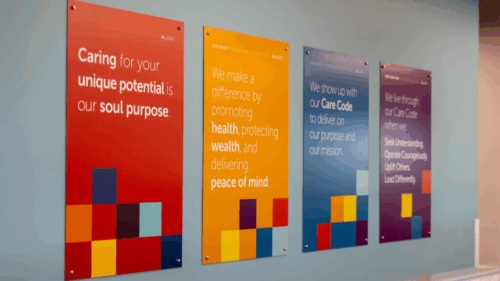When you think of dangerous or high-hazard industries, which come to mind? Many would assume construction work and manufacturing jobs top the list. After all, they each entail strenuous work and frequently expose workers to harsh environments. Want to take a guess at the injury and illness rates for these industries?
In 2014, the OSHA incident rate for construction was 3.6 and the rate for manufacturing was 4.0. This includes state and local government employers. Taking those numbers into consideration, there actually is an industry that makes the construction and manufacturing industries look like “Safety-ville.” Any ideas?
You probably wouldn’t think to guess healthcare, but if you did, you’re correct!
Healthcare Employees Have the Most Work Injuries
According to the U.S. Department of Labor (DOL) Bureau of Labor Statistics (BLS), the nursing home industry’s (nursing and residential care facilities, NAICS 623) injury and illness incident rate for 100 full-time workers for private industry was 8.4 in 2008 and 7.4 in 2014. This was double the incident rate of 4.2 in 2008 and more than double the incident rate of 3.4 in 2014 for the industry as a whole (including state and local government).
While the nursing home industry has made some strides in reducing its incident rate from 2008 to 2014 (a decline of approximately 13.5 percent), unfortunately it didn’t keep pace with the improvement made by the industry as a whole (a decline of approximately 23.5 percent).
Why are these rates so high for work injuries in healthcare? Well, musculoskeletal disorders (MSDs) continue to be a major source of injury to healthcare workers. Such injuries are the result of overexertion related to repeated manual patient handling activities. These activities involve transferring and repositioning patients while working in awkward postures, such as:
- Transferring a patient from the toilet to a chair or from a chair to his or her bed
- Repositioning a patient from side-to-side in a bed or in a chair
- Lifting a patient into bed
- Having to make a bed with a patient in it
Healthcare continues to be pushed to perform more efficiently and profitably. Unfortunately, the resultant changes are typically lower staffing levels and higher patient loads, both of which have been shown to increase healthcare worker injury. Nursing homes with a high level of dependency often have higher rates of worker injury.
So how can this be fixed? Well, patient transfer and lifting devices are key components to an effective program to control the risk of injury to patients and staff. Essential elements of a safe-patient handling program include:
- Management’s commitment to provide staff with appropriate measures to avoid manual lifts/handling
- Staff participation in the assessment and implementation processes
- Staff involvement in the evaluation and selection of patient handling devices and equipment
- A thorough hazard assessment that addresses high-risk units or areas
- Investment in equipment
- Care planning for patient handling and movement
- Staff training
- A staff wellness/fitness program
- A thorough program review and evaluation processes
Additionally, healthcare staff can also increase patient safety, comfort, and enhance the patient’s dignity all the while reducing the staff’s exposure to MSDs by simply explaining the lifting procedures to the patient and enlisting the patient’s cooperation and engagement.
At Holmes Murphy, we’re constantly looking for new ways to help our clients manage their incident and illness rates. Doing so not only increases our client’s profitability but also their staff’s satisfaction.
Have you taken a look at your own incident and illness rates? How do you compare? Comment below and let us know. Also, if you’d like some assistance with identifying opportunities for improvement, give us a call or send us a message and let’s get the conversation going!







